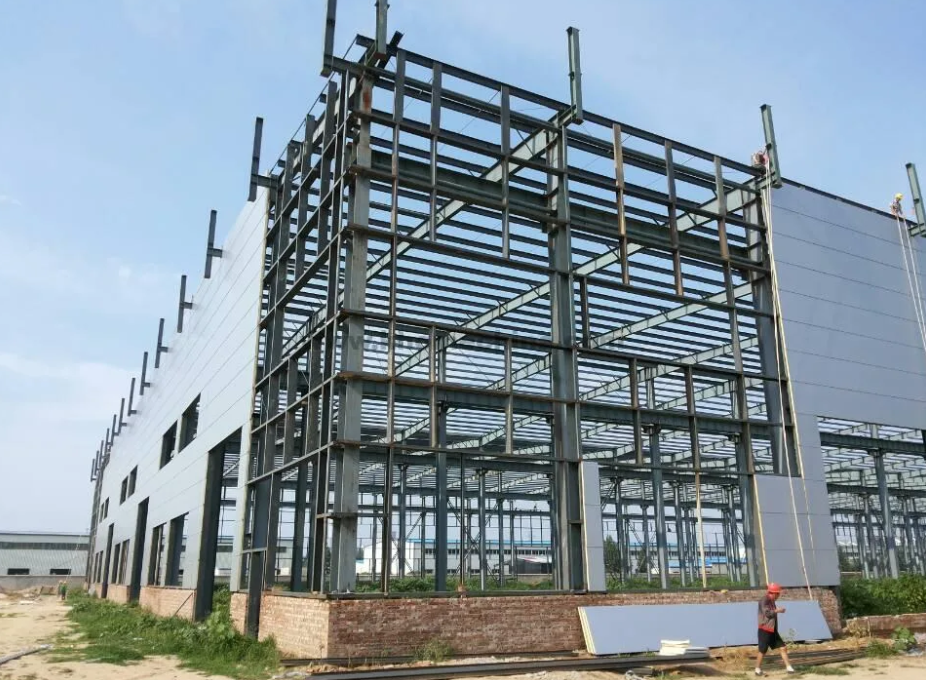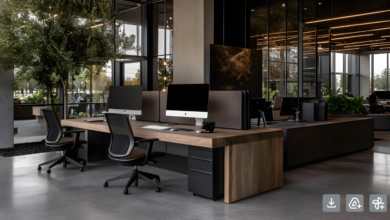
The Advantages of Steel Buildings
Steel buildings have become increasingly popular in recent years due to their numerous benefits. They are used in a wide range of applications, from residential homes to commercial buildings, and even industrial facilities.
The use of steel in construction offers many advantages, including durability, cost-effectiveness, and environmental benefits. This article explores the various advantages of steel buildings and why they are an excellent choice for modern construction.
Durability and Strength
One of the most significant advantages of steel buildings is their durability. Steel is known for its incredible strength and ability to withstand harsh conditions. Unlike wood, steel does not warp, crack, or rot, making it ideal for structures that need to endure extreme weather conditions.
Steel buildings are also resistant to pests such as termites, which can cause significant damage to traditional wooden structures. This means that the steel building require less maintenance and has a longer lifespan compared to other types of buildings.
Cost-Effectiveness
Steel buildings are generally more cost-effective than traditional buildings made from materials like wood, brick, or concrete. While the initial cost of steel may be higher, the long-term savings are substantial. Steel buildings require less maintenance and repairs over time, which reduces the overall cost of ownership.
Additionally, the construction process for steel buildings is often quicker, which can save money on labor and other related expenses. Steel is also widely available, making it a more affordable option compared to other construction materials. For business owners or homeowners looking to save money, steel buildings offer an excellent solution.
Environmental Benefits
In today’s world, environmental sustainability is a growing concern. Steel is a highly sustainable material because it is 100% recyclable. This means that steel can be reused without losing its strength or quality, making it an environmentally friendly option for construction. Using steel in buildings reduces the need for virgin materials, which helps conserve natural resources.
Steel buildings are also energy-efficient, as they can be designed with better insulation and energy-saving features. This reduces the building’s carbon footprint and helps owners save on energy costs. As sustainability becomes more important, steel buildings present a practical solution for reducing environmental impact.
See also: Boost Your Sunshine Coast Business: The Perks of Partnering with a Local SEO Agency
Design Flexibility
Steel buildings offer great flexibility when it comes to design. Steel’s strength allows for larger open spaces without the need for interior columns or support beams, which can limit design options in other types of buildings. This means that steel buildings can be customized to suit a variety of needs, whether it’s for a large warehouse, a modern home, or an office building.
The flexibility of steel also makes it easier to modify and expand a building in the future. As your needs change, steel structures can be adapted to accommodate new requirements without the need for a complete overhaul.
Conclusion
Steel buildings provide many advantages that make them an attractive choice for construction projects. Their durability, cost-effectiveness, environmental benefits, and design flexibility make them a smart option for anyone looking to build or expand.
Whether you’re constructing a residential home or a commercial facility, steel buildings offer a reliable, long-lasting, and sustainable solution. With all of these benefits, it’s no wonder that steel has become one of the most popular materials in modern construction.



